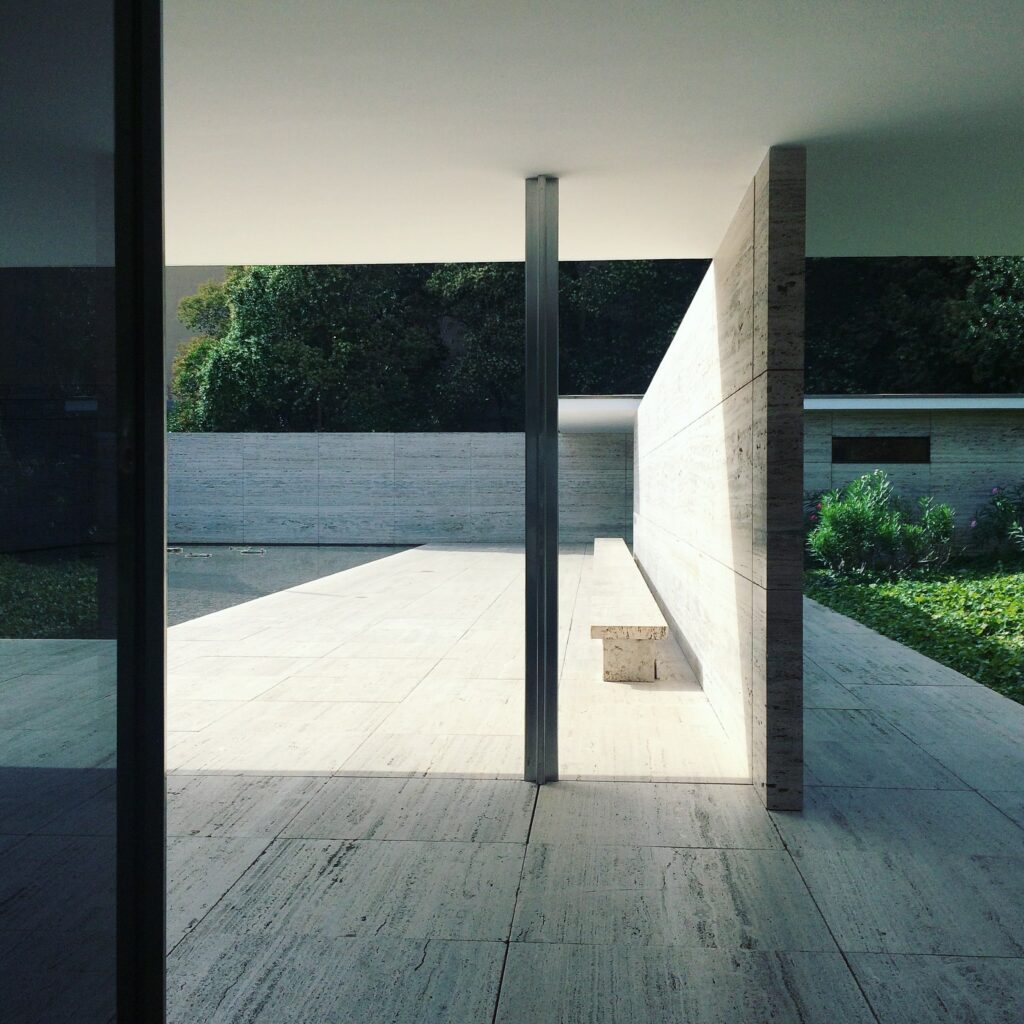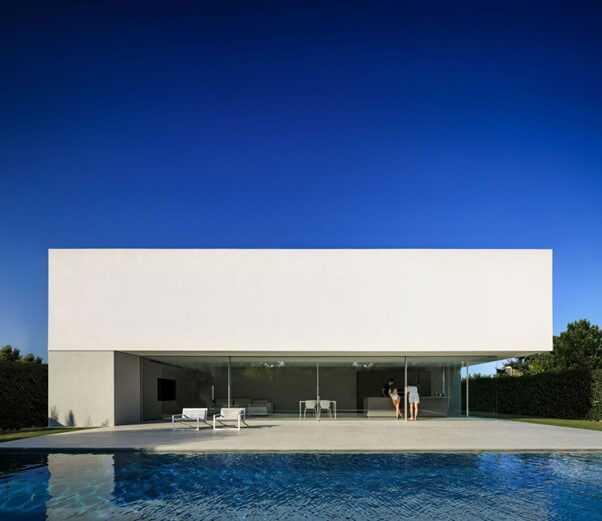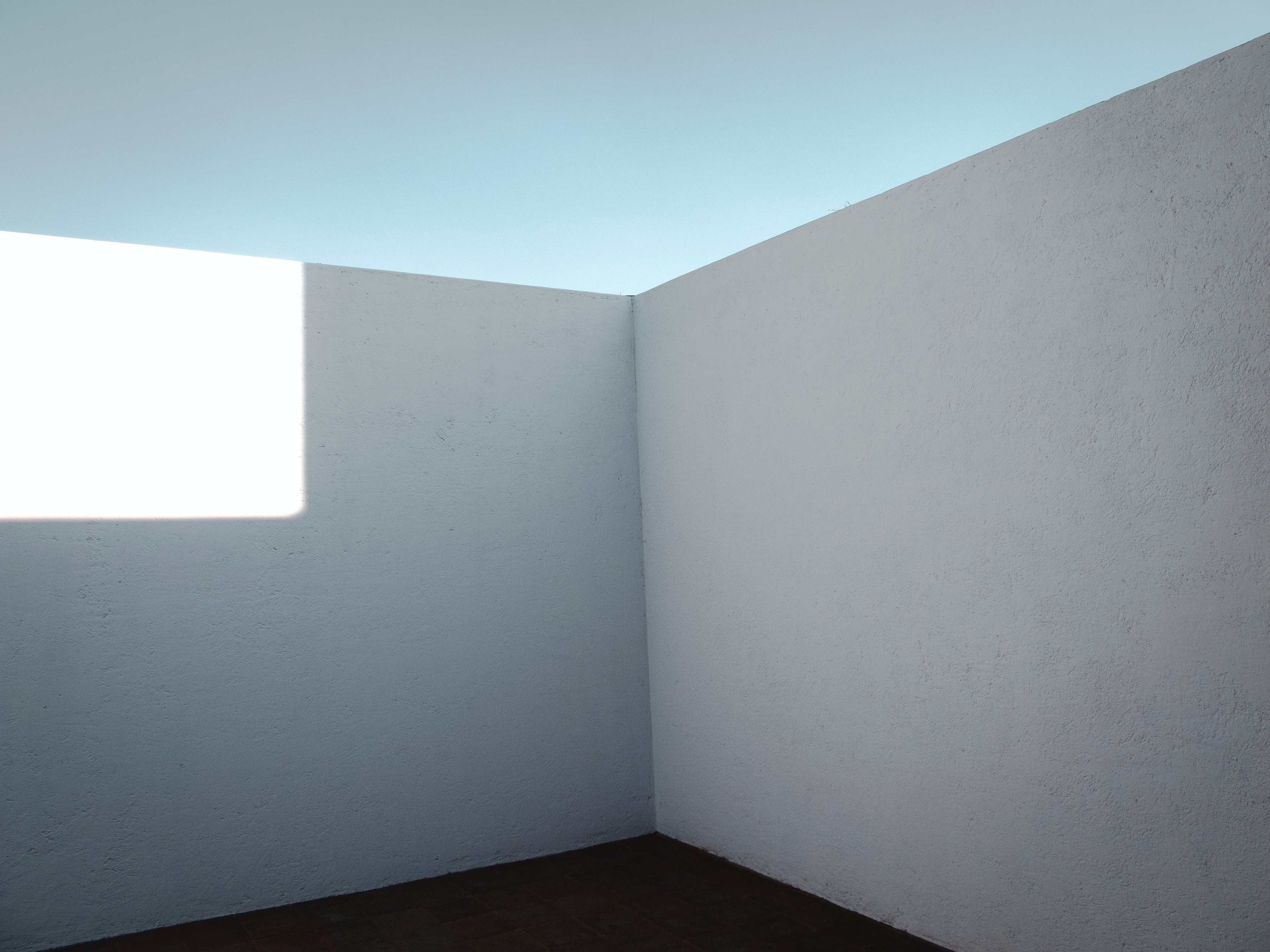Clean lines, simple geometric shapes, the absence of ornaments and decorations, a limited colour palette, neutral tones, natural light and materials that blend in with nature. This is how minimalism is represented in the art of architecture.
The simplicity of this style speaks a special language of its own. Thus, the approach is to dispense with unnecessary elements. Instead, functional and aesthetically appealing places are created, achieving a balance between indoor and outdoor spaces. As such this architecture is notable for concentrating on the special relationship of a building with its surroundings. In this regard, the unique purpose is to achieve a sense of peace and harmony in the living space.
Origins of minimalism
The minimalist Bauhaus movement and spirit first began to resonate in 1930. It was the brainchild of the German architect Ludwig Mies Van Der Rohe. He initially expressed his ideas on minimalistic forms when he was working at the Bauhaus School of Art and Design in Germany.
One of this architect’s most memorable pronouncements was “God is in the details”. He also championed and promoted the philosophy of “less is more”. The trend began to gain credence as he produced his works, making him one of the 20th century’s most influential architects. A pioneer of what is now known as minimalist architecture, Mies Van Der Rohe’s approach was one of simplicity, clarity and precision in design. He was also adept at employing modern materials such as steel and glass. In this way he had a significant influence on modern architecture.

Image 2 Pabellón Mies Van Der Rohe – Photo by Pauline Bernard on Unsplash
Minimalist language transformed into material
Minimalist architecture exemplifies certain characteristics of form, light, space and materials. Similarly, it employs techniques such as reduction, simplification and unification. The focus is on creating simple and clean spaces, where materials are displayed without ornamentation or superfluous elements.
Minimalism is not just an art, it is a way of life. These are structures that offer spiritual well-being. Accordingly, they liberate the spirit and avoid emotional attachment to objects and materials. As a result, designers leave a minimal footprint on the environment. Consequently those inhabiting these structures are not consumed by materialism. This considerably reduces environmental pollution by focusing on essentials.

Image 3 Residential project, Casa del Silencio – Photo by Fran Silvestre Arquitectos.
Minimalist architectural language speaks of simplicity of form and function. As a result, plain cladding and finishes are used. In addition, the decor is bereft of much detail. Instead the open spaces are filled with light, and the simple building materials connect with the environment.
A concrete enclosure inside another enclosure of the same material provides a vision between sky and earth connected in harmony. This is a construction that seeks maximum integration with the landscape through its materials. The ground floor is divided into the entrance hall and the living area of the house, open to the garden and swimming pool. A second level is built with natural cement mortar. With its pure grey; the exterior and flooring, as well as the swimming pool reflect the surrounding nature. This mastery of colour merges finishes with simple textures and natural light. The luminous elegy offered by the expanse of glass combines to create a whole.
Concrete blends perfectly into its surroundings thanks to its clean austere aspect. And its durability and strength add to this impression. Resistant to the effects of weather and climate, it is the ideal material for constructing long-lasting minimalist buildings. This unrelenting material contributes to the simplicity and austerity of the design. This is due to its application in large panels or slabs covering extensive areas of walls and ceilings. As a result, the building has a sense of solidity and continuity in its structure.
Minimalism resonates in all its expressions and applications that are designed to achieve what is the most complicated in respect of matter. In a word, this is simplicity, which engenders in us the most profound feelings of peace and serenity. It provides the perfect equation for achieving a state of mental relaxation. This is a place where ideas flow, in complete freedom, capturing the true essence of life, namely ‘less is more‘.

